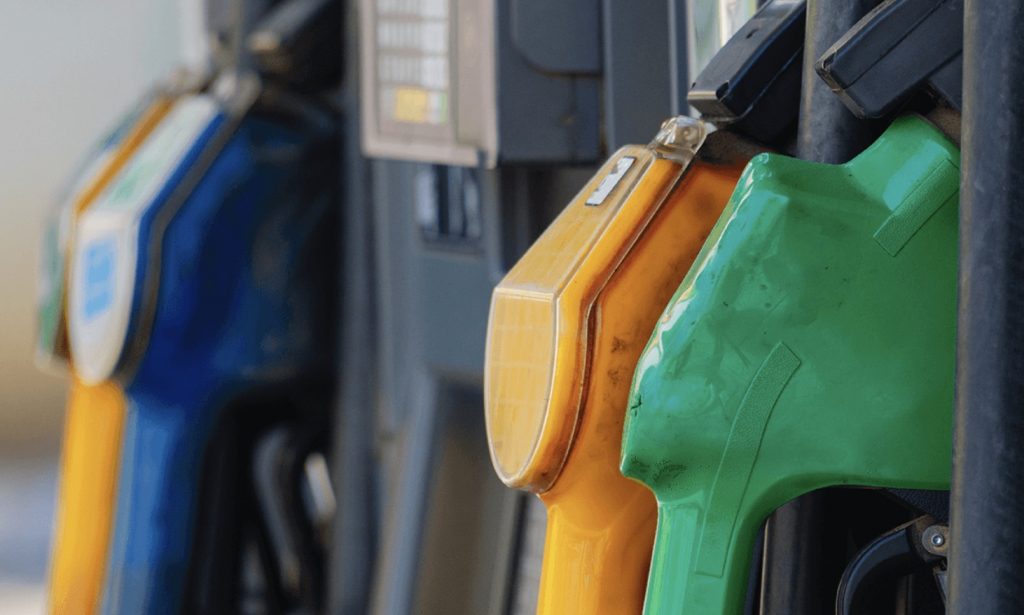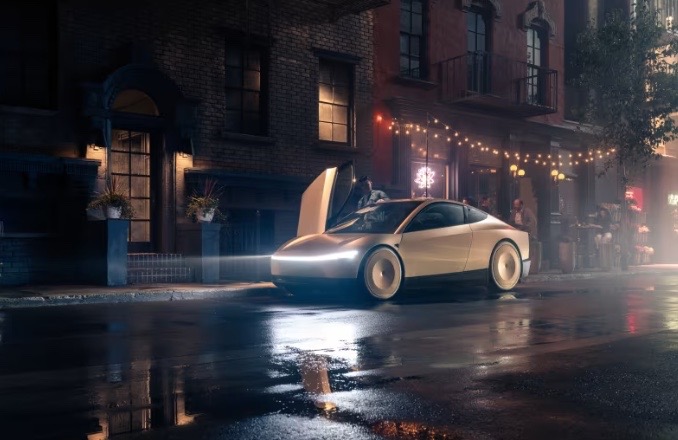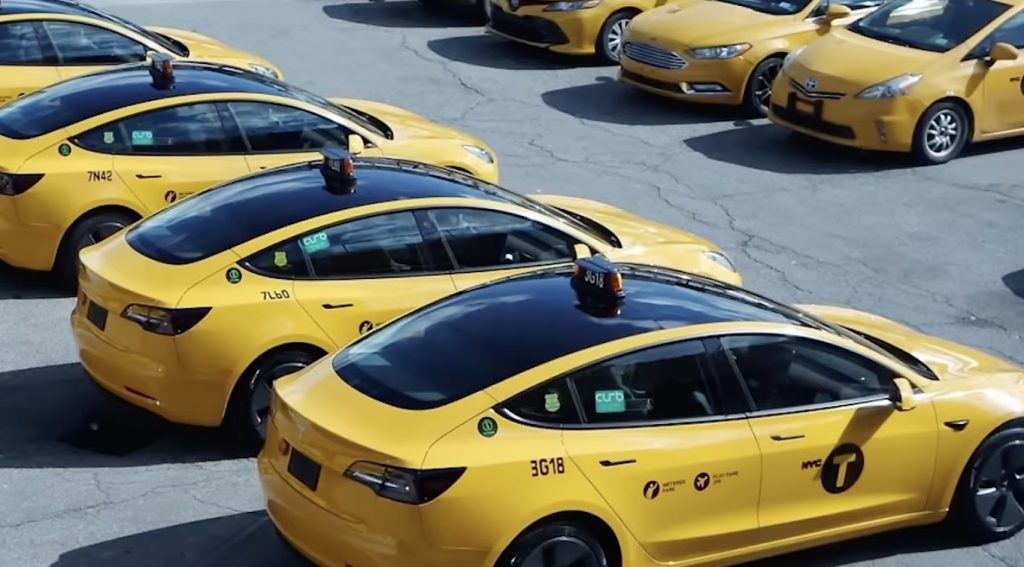
CARB hearing coming up for LCFS revisions: Californians are facing a big challenge coming up right after the election. What will come of the California Air Resources Board public hearing on Nov. 8 on its plan to amend the Low Carbon Fuel Standard? It’s guided by a state program that gets progressively cleaner, at a time when concerns have been raised about it pushing gasoline prices even higher. Republican members of the legislature want to see the meeting delayed to avoid rising gas prices. About 100 members of the public have submitted comments protesting these amendments going through and the potential for gas and diesel prices going up even more. There’s debate floating around about seeking an accurate forecast on where fuel prices would be under stricter LCFS standards; and there’s been review of whether bringing in more biofuels will be the needed solution.
The LCFS’s credit trading system has produced about $2 billion since it was implemented in 2011, which has supported several clean transportation vehicle and infrastructure acquisitions for fleets operating in the state. Much of the agency’s actions so far have focused on highly technical disputes between oil companies, dairy farms, biofuel producers and other lower-carbon fuel companies. There’s also been challenges set by environmental justice advocates who say the program maintains polluting industries.
Global EV sales: Global sales of battery electric, and plug-in hybrid, electric vehicles increased by 30.5% in September, a year-over-year gain, according to Reuters. The U.S. has been seeing slow and steady growth; the surge come from China surpassing sales records since August and Europe going back to seeing growth, as reported Reuters by market research firm Rho Motion. The uncertainty of the U.S. elections seems to be affecting U.S. sales, data manager Charles Lester told Reuters.
California ports win big grants: Yesterday, the U.S. Environmental Protection Agency announced seven California ports are receiving more than $1 billion in grants to build zero-emission infrastructure and implement plans to clean up air quality, according to the office of Governor Gavin Newsom. The Port of Los Angeles is getting $411.69 million, helping the port move forward on zero-emission (ZE) operations. That will come through significantly reducing air pollution in and around the port, deploying ZE cargo handling equipment (CHE), and enhancing electric vehicle charging infrastructure. It’s the largest largest clean ports grant from the EPA. The Port of Oakland will be receiving $322.17 million. Its project will support transitioning over to ZE alternatives for drayage trucks and cargo handling equipment.
In related news, the U.S. Department of Energy yesterday announced the granting of $18.6 million for 15 projects that will drive innovation in equitable clean transportation and provide first responders with the tools they need to properly respond to calls involving zero emission vehicles. The largest grant was for $2.5 million to the National Association of State Energy Officials based in Arlington, VA. Its objective is to build a safe and resilient clean transportation sector that is supporting states and communities with training on zero emission vehicle technologies for emergency responders.
Fleet EVs — Myths vs. Facts: Take a look at ACT News for a detailed look at the misinformation that can be typical for fleets when considering bringing electric trucks into operation. The speed of battery charging is a deciding factor for making that acquisition of EVs and infrastructure, with faster always being better. How could you balance Level 2, more affordable charging units, with how your fleet typically runs? Correctly sizing that architecture will be an important element of making the right decisions for your fleet.
Tesla performance, plus Elon Musk on what AI looks like: Tesla stock performance jumped and stayed up last week with announcement of its third quarter performance. Revenue increased 8% in the quarter from $23.35 billion a year earlier. Net income rose to about $2.17 billion, or 62 cents a share, from $1.85 billion, or 53 cents a share, a year ago, the company reported.
While it’s still confusing for many of us why Tesla and SpaceX CEO Elon Musk would have invested $44B in Twitter/X, it is a good idea to follow what else he’s been investing in and working on — and what he thinks about the future of technology……
“I think by 2040, there will probably be more humanoid robots than there are people,” Musk said Tuesday during an appearance at the Future Investment Initiative, an event run by the institute of the same name as reported by Quartz.
As for how to get there through AI, Musk-led company xAI is now in talks raise a new funding round to get it valued at $40 billion. Discussions are still in the early states, the Wall Street Journal says. During the conference, Musk said that that he plans to double the size of xAI, but did not give additional details on how he would do so.
ID. Buzz recognized: Volkswagen of America just announced that its all-new ID. Buzz has been named to TIME’s 2024 list of the Best Inventions, which features 200 extraordinary innovations changing our lives. TIME editors solicited nominations to its online application process focused on growing fields such as healthcare, AI, and green energy.
RNG plant opening: Vanguard Renewables, a portfolio company of Global Infrastructure Partners, a part of BlackRock, a week ago held a ceremony for its newest renewable natural gas project at The Moyer Family’s Oakmulgee Dairy Farm in Amelia Court House, Va. The farm, owned by Larkin Moyer, a fourth-generation dairyman, along with his sons Brandon and Jeremy and is the oldest continuously operating family dairy in the Commonwealth, according to Vanguard Renewables. The BlackRock division is expanding across the U.S. and currently has seven operational facilities, three under construction, and plans to begin construction on multiple additional sites by the end of the year.
Polestar hurt by China ban: Polestar said on Monday that a proposed Biden administration rule to bar the use of Chinese vehicle hardware and software would “effectively prohibit” the automaker from selling vehicles in the U.S. including cars made in the U.S. The Swedish automaker, a brand of Volvo Cars that is majority-owned by China’s Geely, filed these comments with the Commerce Department that the proposed rule would bar the sale of vehicles that Polestar is building in South Carolina as well as those produced in China.
Hydrogen fuel cells market forecast: The hydrogen fuel cells market was valued at $5 billion in 2023 and is projected to reach $34.65 billion by 2032, growing at a compound annual growth rate (CAGR) of 24.0% from 2024 to 2032. That report comes from SNS Insider, a global market research and consulting firm. Ever-increasing environmental concerns and clean energy adoption should trigger growth, the study says. The growth is driven by technological and infrastructure developments that make it possible to be used on a large scale in transportation, utility and portable power applications, the study says.


